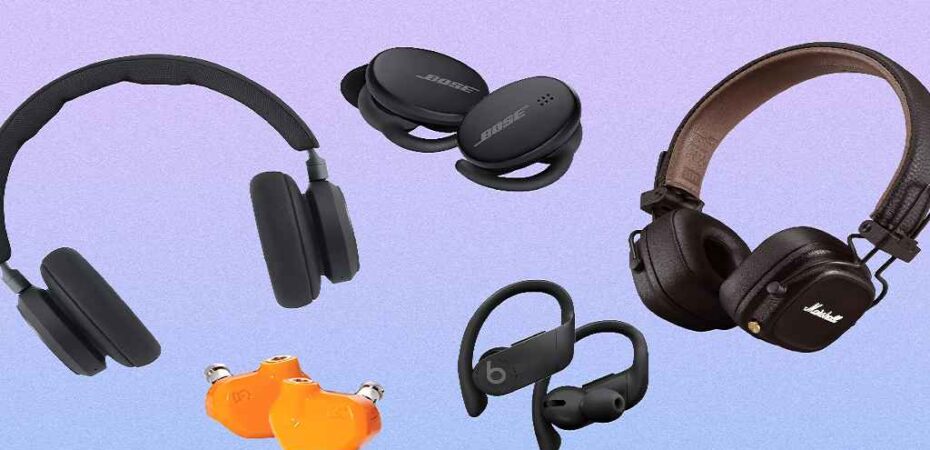Headphones are undoubtedly at the top of the gadgets that make our lives convenient. Can you spend your day without plugging in your headphones? Headphones are our lifeline for everything from enduring long train or aircraft flights to strenuous exercise routines. A decent set of headphones can make all the difference in the world, especially if you’re an artist.
But “Which” is the one that would be your dream headset? Don’t fret! We have curated a detailed list of types of headphones and their uses. You can pick the ideal one that suits your needs, whether you’re an artist or a music enthusiast!
A Comprehensive List of All 14 Different Types of Headphones and Earbuds
Let’s briefly discuss the shapes and styles of headphones and earbuds before delving deeper into the technical aspects. These components affect comfort and other factors, such as noise cancellation and aesthetic value. There are four distinct categories of earbuds and headphones. They can be divided into four categories based on how they fit over the ears: in-ear, on-ear, over-ear, and open-ear headphones.
Headphone Types Based on Design
1. On-ear Headphones or Supra-Aural Headphones
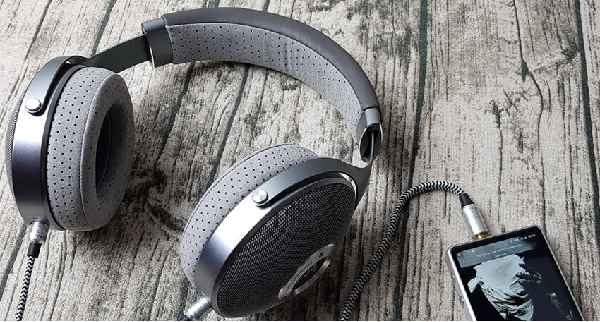
On-ear headphones, as their name suggests, are made to fit on your ear. You can modify them to accommodate your head with an adjustable headband.
The pressure on your ear substantially influences the comfort and stability of these on-ear headsets. More substantial pressure improves stability, but too much stress can diminish comfort. You can achieve the ideal mix of comfort and stability with a softly padded headpiece and earbuds.
The noise reduction is less effective than what in-ear headphones may provide. Others will choose to listen to their music without being completely cut off from surrounding noises, which some may view as less noise reduction as a weakness.
Pros
- Comparably concise
- Lessen the heat produced on the ears than over-ear headphones
- Comfortable weight and dimensions
- Simple to use while working out in the gym.
Cons
- Generally poor noise isolation
- It can be uncomfortable (too much pressure on ears)
- Leaks audio
- Less powerful bass as compared to over-ear headsets
2. Over-Ear Headphones
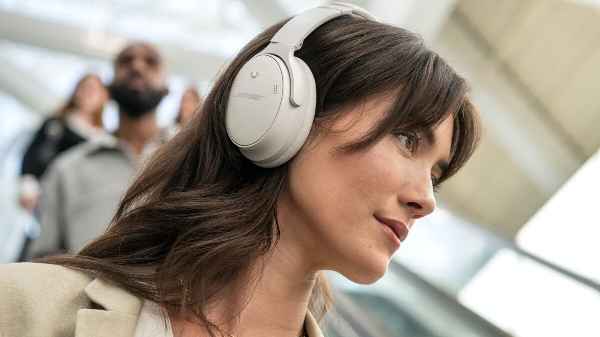
Over-ear headphones have traditionally been created with home use in mind due to their size and weight. However, the situation has changed. They are outside-ear headphones that circumfuse your ears. Over-the-ear Bluetooth headphones are becoming more popular because of their comfort and sound quality.
These big headphones offer the most outstanding audio quality and a comfortable wearing experience.
The noise reduction is outstanding and will passively block outside noises because of the foam-cushioned earcups. The design of the earcups, either open-back or closed-back headphones, significantly impact this ability to block ambient sounds.
Pros
- Often have excellent sound quality
- Expanded soundstage
- Decent isolation
- Maximum opportunity for loudness and bass
- Most convenient
Cons
- Heaviest, largest, and bulkiest.
- Generate heat for the ears.
- Unable to support active lifestyles.
- Usually more costly
3. In-ear headphones or Earbuds
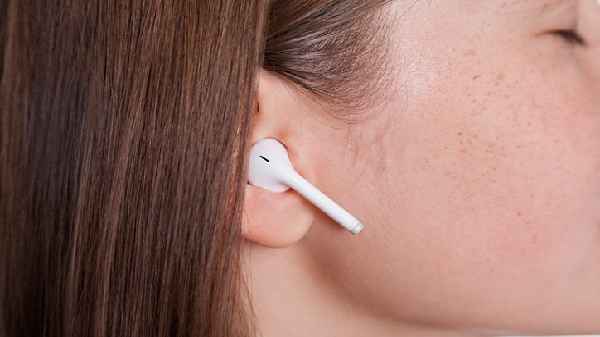
In-Ear Headphones are another name for earbuds, and they have been scaled down to the point that they can fit inside your ear. Compared to entirely in-ear headphones, half-in-ear headphones feature a less conspicuous design.
In-ear headphones achieve excellent noise reduction as a result of their shape. Most external sounds and noises are blocked by ear tips composed of rubber, silicone, or memory foam that fit snugly inside your auditory canal. Nobody can hear what you are listening to through your earphones, which is also valid for the music they produce.
This type of headphones provides a sense of isolation that is especially useful when background noises, such as those found in a train or on the street, may drown out your music. Some people have sensitive ears and cannot endure in-ear headphones.
On-ear or over-ear headphones are better options if you find in-ear headphones irritating.
Pros
- Minimalistic and light
- Outstanding noise isolation
- Compatible with active lifestyles
Cons
- Easily tangle
- Misplace easily
- Size generally results in diminished sound quality
Earbuds are divided into two categories: Wired and Wireless Earbuds, depending on the fit, connectivity, or housing shape. You can distinctly accommodate each type based on your needs.
Wired Earbuds
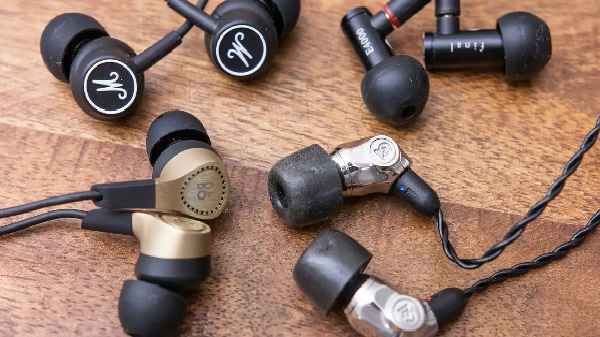
Wired earbuds are becoming more popular among audiophiles. Stability, cable noise intensity, and comfort can all be dramatically altered by different wearing techniques.
Wired options continue to sound better. Their sound performance is more scalable because they don’t rely on DSP for tuning (better amps and cables result in tighter, more detailed sound).
Wired earbuds are the most affordable option. They cost less than $10 and are excellent.
Wireless wires are the most dependable method for audio transfer when watching films or playing games with zero audio delays.
Pros
- Affordable
- Stable to wear
- No battery or charging issues
- Zero latency
Cons
- Incompatible with some devices
- The cable may create noise during wearing and be bothersome.
- If the cord becomes damaged, your earbuds will become worthless.
Wireless Earbuds
The complete absence of cables makes true wireless earbuds (TWS) appealing. They arrive with a convenient charging case to carry around and extend the device’s battery life. They enclose the ears and offer excellent noise isolation. As ear tips vary, isolation modifies. Although foam tips absorb the best, silicone tips are the most robust.
There is very little resonance because earbuds fit into the ear canal. As a result, the audio produced by earbuds can be crisp and clear. Most true wireless earbuds are ergonomically designed to provide comfort and stability. Because of the deeper fit, they firmly cling to ears, mainly when used with ear hooks and wings. They are unquestionably the most fantastic choice for sports.
True wireless earbuds are portable since they are compact and may go in any pocket. Moreover, without cables, there are fewer possible weak points.
Pros
- Noise isolation
- Comfortable to wear
- Stable
- Portable for outdoor uses
Cons
- Result in poor ear hygiene
- Battery and charging issues
- Audio lagging
Difference Between Earbuds and Headphones – A Head-to-Head Comparison
Regarding the discussion of earbuds vs. headphones, there are several differences, some of which are presented below.
| Feature | Headphones | Earbuds |
| Shape | On-ear or over-ear | In-ears |
| Fit | Fitting varies based on models | Relatively more fit than headphones |
| Stability | More excellent stability due to snug headband | Although fit, but not stable; the earbud may fall off from the ears |
| Sound quality | Excellent sound quality because of large-sized drivers | Decent sound quality, but not more than headphones |
| Portability | Usually less portable, but portability depends on the headphone model | More portable because of its small size, an excellent option for athletes and workout enthusiasts |
| Noise Isolation | Fantastic noise isolation in almost all headphones models | Only some models offer noise isolation; the majority don’t have this feature |
| Comfort | More comfortable because of padded earcups and headband | Relatively less comfortable due to the absence of padding |
| Safety | More a safe option because the audio does not directly go into the ears | Lagging in safety factor because sound directly penetrates eardrums |
| Hygiene | Usually offer better hygiene because they don’t penetrate the ear canal | They are less hygienic because they may push ear wax deeper into ear canals. |
| Price | Expensive than earbuds | Usually less expensive |
Headphone Types Based on Earcups Design
4. Open-Back Headphones
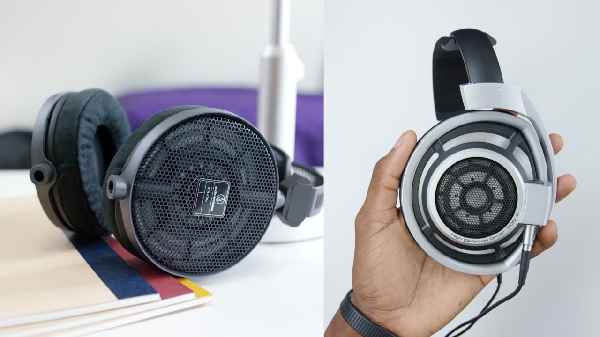
Open-back headphones permit air to enter the ear cups for breathability. Because the ear cup housing is open via a grill or mesh, the drivers are not enclosed.
It implies that the headphones feature a ventilation system, which results in substantially less heat buildup inside the ear cups and on the padding’s outside surface. As a result, you won’t need to vent your ears as frequently as you would with a closed-back headset because all the heat is contained inside.
The sound pressure is lower and less taxing on your ears when using headphones with an open back since outside air can seep in. While less stressful than closed-back headphones, this has a lower sound quality and less bass.
Full ambient awareness implies being equally present with your environment and your chosen soundtrack or game. Since some people speak aloud while working, you will notice a doorbell, a phone call, or oneself talking.
The biggest problem with this type is that the microphone picks up sound leaking from the headphones, which is typically uncomfortable for the people on the other side who are listening to you speaking. It will only occur if your microphone is extremely sensitive or the headsets are being listened to at maximum volume.
However, the nature of the opened-back headphone means that the sound benefits easily surpass the drawbacks. You perceive your auditory surroundings to be bigger, smoother, and more accessible due to the apparent open-back design.
Pros
- Sharp hearing.
- Excellent audio.
- Domestic use
Cons
- Not for everyday use.
- Absence of noise isolation.
- Unsuitable for travel
5. Closed-Back Headphones
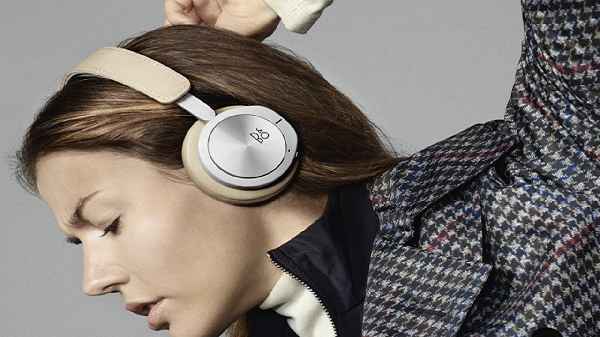
Closed-back headphones do not allow air to travel through the ear cups since the drivers are sealed inside the shell. It is one of the most eminent and often-used varieties of headphones.
Your ear and the earcups are the only things the speaker utilizes to make a sound. Because of this, closed-back headphones provide a stronger bass and better noise cancellation than open-back headphones.
Closed-back headphones provide insanely good sound isolation; at loud levels of 50–60%, you won’t be able to hear anything around you. When the sound cue decides how aware you are in a competitive setting, it’s similar to having tunnel vision for your ears, which is a huge advantage.
Since there is no sound leakage to the outside world, it is excellent for private Listening without compromising your level. The design is less breathable, and the earcups tend to get hotter more quickly. It can be averted if the surrounding temperature isn’t too high or you don’t wear the headphones too long.
Pros
- Regular Listening
- Excellent for listening in a public setting.
- Suitable for usage in studios and when traveling
Cons
- Long-term use may cause ear discomfort.
6. Semi-Open Headphones
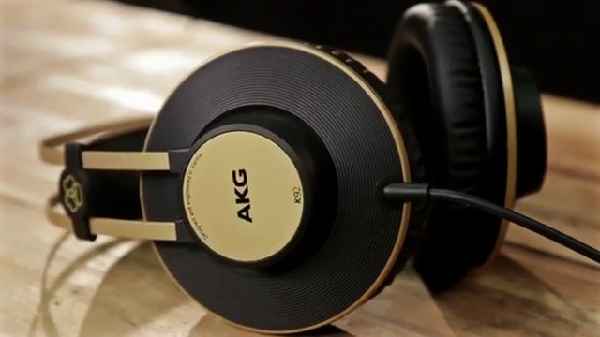
Some headphones partially open their ear cups, allowing air to pass through. The most incredible headphones frequently utilize this technology because it is the best compromise.
It won’t allow as much noise as an open-back headphone would, but it will make some sound leak out and some noise inside. You could say it offers the best of both worlds.
Either the back volume is closed, the front volume is open, or the back volume is closed, and the front volume is open. So, the outer half can be mesh or grilled while the inner part is somewhat airtight, or the exterior section can be entirely closed with no space for air to pass through while having transparent earpads.
Pros
- The more pleasant sound
- The more pleasant sound
- Suitable for casual Listening, music mixing, and mastering
Cons
- Unsuitable as a learning environment
- Not ideal for vocal tracking
Headphones and Headsets Types Based on Connectivity
There are benefits and cons to both wired and wireless methods for connecting your headphones. We shall observe the traits truly significant and all the details they hold, in addition to their evident contrasts.
7. Wired Headphones
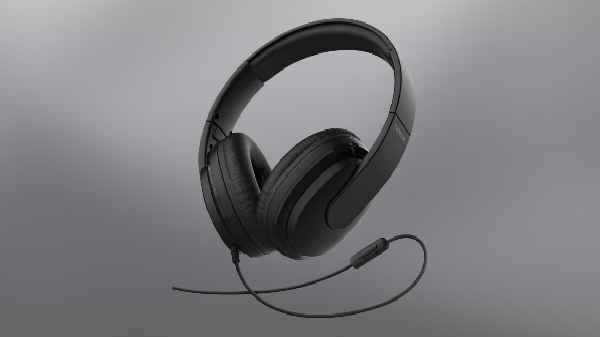
Wiring is more prevalent among purists because it is less susceptible to electromagnetic distortions. Technically, this is a PVC- and copper-jacketed double cable. Longer cables are available for high-fidelity headphones and range in length from 3 to 10 feet.
Kinds of Wired Headphones
These cables feature 3.5 mm, and 6.5 mm jacks, USB Type C, and Universal Serial Bus connectors (USB).
Headphones with 3.5mm jack
The headphone jack, the 3.5mm mini-jack connector, is the most popular means to connect music devices to audio output. Most conventional and earbud headphones, laptops, MP3 players, radios, tablets, cellphones, and other audio equipment use it.
You can use the headset for calls and listening to music with the 3.5 mm jack. Older computers, as a result, have two different 3.5 mm connectors, one for the microphone and the other for the headphones.
Because of this, some headphones have two different 3.5 mm plugs.
Pros
- Increased availability
- Sound insulation from electrical noise
- A good fit for low frequencies
Cons
- Unfit for High Frequency
- Locking mechanism absent
- Unsatisfactory Contact Resistance
Headphones with a 6.5 mm Jack
The slightly larger 6.5mm standard jack connector is typically found on high-fidelity and business-related headphones. To connect to amplifiers and higher audio systems, use the 6.3mm jack.
Headphones with USB Type C
The only remaining alternative is wireless headphones, as smartphone headphone connectors are being phased out. But there must be a choice for individuals who don’t want another device that needs charging or who frequently move between devices and find it annoying to do so.
Even though USB Type C headphones are designed to fill the hole left by dedicated jack headphones, they are still rare and pricey. Companies like Apple and Samsung are not interested in making the switch because Apple entirely abandoned it while Samsung maintained the 3.5 mm jack.
Because USB Type C is not universal, compatibility issues arise. From port compatibility to wire compatibility, it occasionally permits charging with no data transfer. Norms and specifications can change. These are only some most significant kinds to choose from because they will continue to be exclusive and pricey.
Pros
- Good Audio Quality
- Noise Reduction
Cons
- Compatibility problems
- Costly
8. USB Headphones
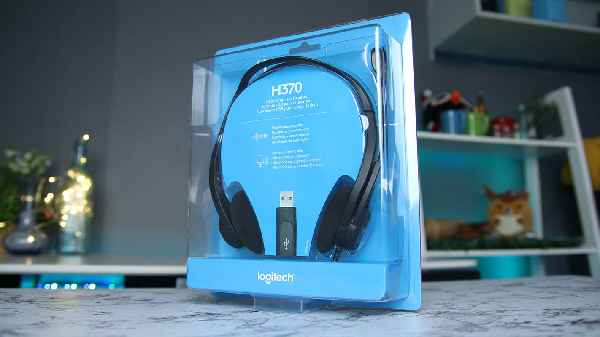
They are only meant for people who use computers. Office headphones for VOIP typically connect to computers via USB, allowing them to have a single port for both the microphone and sound.
Some gaming headphones link to computers through USB, enabling them to simulate 5.1 or even 7.1 environments and work with gaming consoles like the PS4 and Xbox One.
Wireless Headphones
As long as you remain within the range of your source signal, listening to wireless music gives you freedom of mobility. That eliminates every problem associated with cables, including tangles, but as a trade-off, you must contend with battery life and the extra weight of batteries.
Wireless Headphone Types
Wireless headphones utilize a variety of technologies, including Bluetooth, neckband, and TWS headphones
9. Bluetooth Headphones
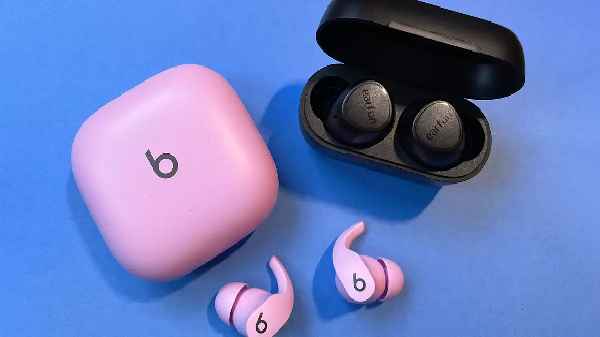
Bluetooth headphones are primarily designed for mobile devices like mobile phones, MP3 players, and laptops. All manufacturers offer Bluetooth versions of their wired models and the AD2P standard (Advanced Audio Distribution Profile). The apt-X codec has made Bluetooth a widely used technology for music transmission.
Bluetooth can be used with in-ear, over-ear, and on-ear headphones. With their built-in battery and electronics, they are typically bigger and heavier than conventional cable headphones. Still, the best Bluetooth headphones overcome these limitations, thanks to technology.
Since its introduction a few years ago, Bluetooth earbuds have become popular among athletes. Bluetooth headphones typically have a range of 10 to 15 meters. Enough to enjoy your music in the same room as your source while wearing headphones, and ideal for having your source in a pocket.
pros
- Convenient & secure
- A connection’s ease
- Power usage is low
- Minimal interference
Cons
- Limited range, latency
- Not very long battery life
Two types of Bluetooth headphones are widely used. They are neckband headphones and TWS (True Wireless Stereo) earbuds.
10. True Wireless Stereo (TWS) Headphones
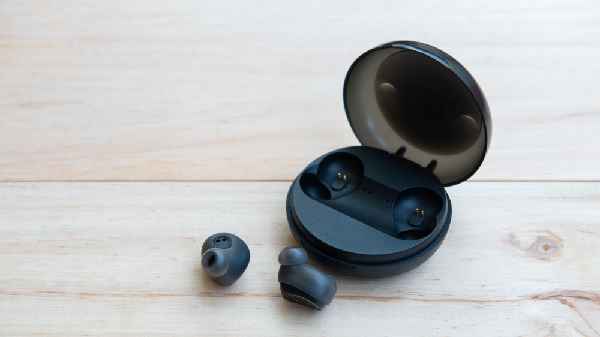
As the name implies, there is no connection between the two earpieces on these headphones. Each earpiece contains its Bluetooth device, batteries, and amplifier. The source device is connected to each earphone separately.
If you want to play games or watch movies alone without bothering other people in the room, you may connect these earbuds to any smartphone, television, tablet, MP3 player, or laptop.
Because you don’t have to worry about the cord or the device, you can also choose these earphones when you’re on the go, such as when doing any home chores or working out.
More recent models provide excellent sound quality with noise cancellation.
Pros
- Simple to use
- Stylish
- Convenient \ Portable
- headphones at Affordable Prices
Cons
- Less battery life means more significant risks of losing a component.
- Sound quality is inferior to that of wired headphones.
- The use of the control buttons can be challenging.
11. Neckband
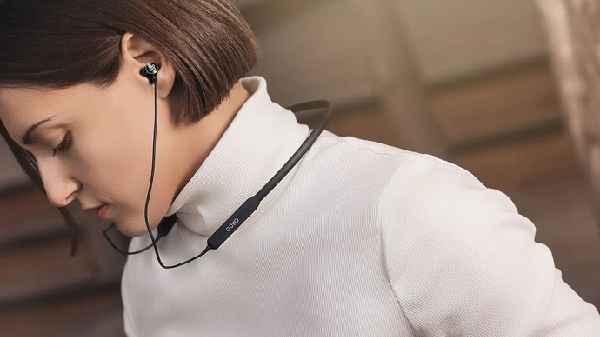
Due to their ease of fitting around your collar or neck, neckband earphones are also known as collar earphones. Your computers or cell phones can connect to them via Bluetooth technology. You won’t need to be concerned about the wires or the device it is attached to when using these earbuds.
Without worrying about tangled cables, you can wander around without difficulty. The controls are readily located, and because the earbuds are close to your neck, you won’t have to look for them when taking a call or listening to some audio.
In addition to being easy to use, it offers a long battery life. For roughly 12 hours, an ultimately charged neckband will endure. In addition to having a fashionable appearance, the noise reduction feature of this device provides excellent audio even in crowded areas.
Pros
- Simple & Practical
- Good battery life, fashionable and portable
- No tangled cables
Cons
- Not Durable
- Less acoustic quality
Headphones Types Based on Technologies
12. Active noise-canceling headphones
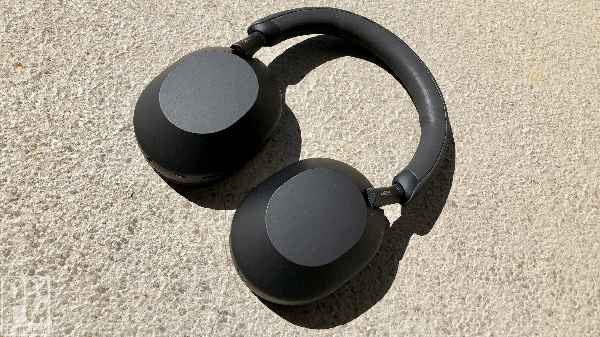
A tried-and-true technique called active noise cancellation (ANC) is now available in low-cost consumer headphones (best-budget noise-canceling headphones).
By recording ambient noise, inverting its phase, and transmitting it back to your ears, ANC headphones actively suppress it. Both noises ultimately “cancel themselves” as they reach your ears.
ANC is one of the most desirable headphone technologies. Never confuse headphones with passive noise isolation with noise-canceling technology. One works with unique technology, while the other uses clever conventional design.
Pros
- Excellent noise cancellation
- Reduces noise-inducing stress
- Protect hearing
Cons
- Expensive
- Noise cancellation feature may affect audio quality
- Battery life may be reduced due to noise cancellation
- Not suitable for indoor uses
13. Bone Conduction Headphones
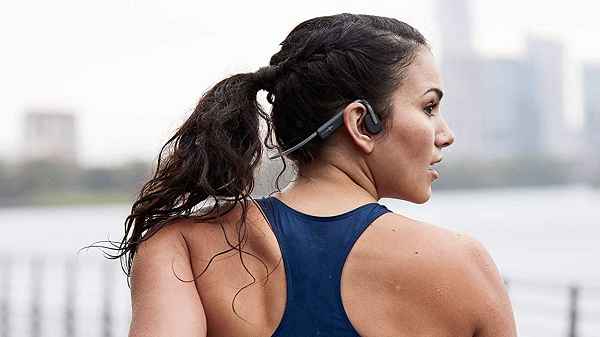
With bone-conduction headphones, music travels through your cheekbones rather than the atmosphere. In this manner, the sound completely avoids the outer ear. As a result, while listening to music, you may keep your ears open to your environment.
Moreover, these highly sturdy headphones are excellent at keeping your ears open while being comfy and producing high-quality music.
Pros
- They are suitable for the noisy environment because they don’t block your ears
- Highly stable
- They can help people with hearing issues
Cons
- Since they cannot provide isolation, you may hear everything from the surrounding
14. Headset
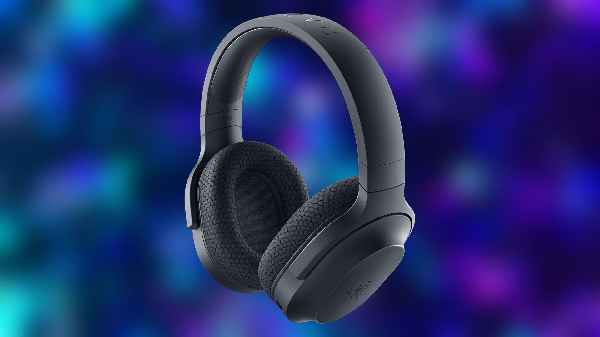
Headsets mix headphones and a microphone; they don’t use unique technology. The most popular ones are headsets for video games or online conferences.
You will notice very minute differences when it comes to headsets vs. headphones. Generally, a headset includes headphones, a mic, and audio reproduction (for audio recording). Technically, every pair of wireless Bluetooth headphones with a microphone also qualifies as a headset.
However, when they hear the word ” headset, ” most people think of headphones with a separate boom mic, which is considerably superior to built-in microphones. The same is true of headsets, which can come in various designs. Most are closed-back, over-ear headphones, but some include on-ear cups or even just one ear cup for convenience.
Pros
- Suitable for voice recordings and calls
- Comfortable to wear and use
Cons
- Not ideal for workouts or running
- Sound quality may be diminished because the focus is on the mic.
Conclusion
The market is flooded with unending choices for headphones purchases. This crazy number of options may overwhelm your mind and distort your buying decision. Numerous things must be considered, including your lifestyle, preferences, and listening requirements. Whatever option you select, whether you’re purchasing high-quality small earbuds or over-ear headphones, the key is to get the most out of your gadget. We have devised a detailed list of all headphone types, their features, pros, and cons for your in-depth analysis. Spend time evaluating each type to be sure you’re receiving the best value.
Read also:

